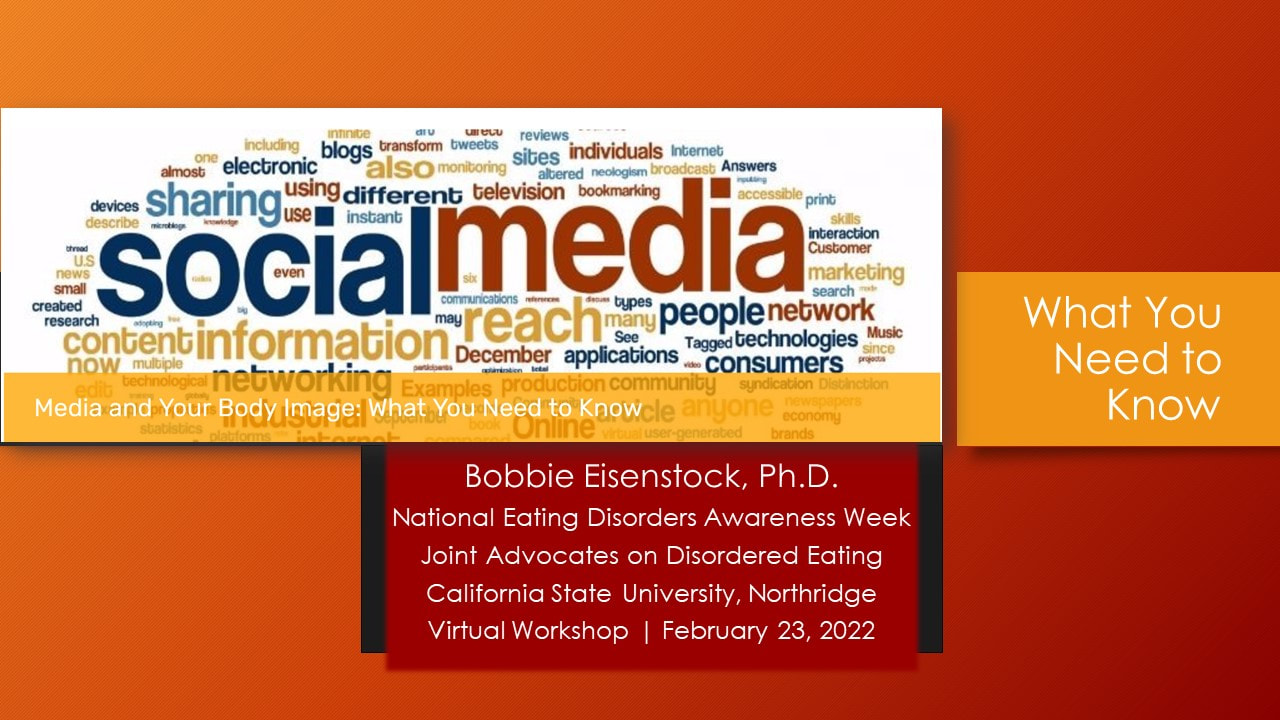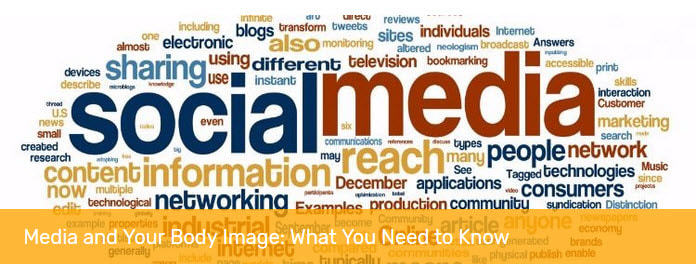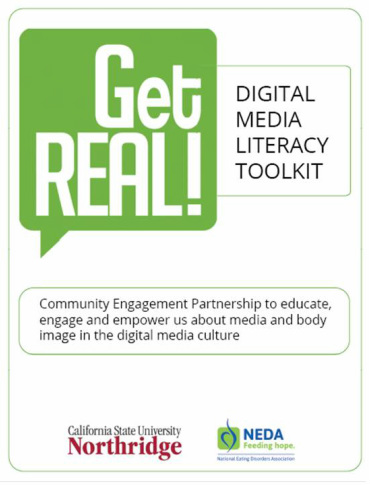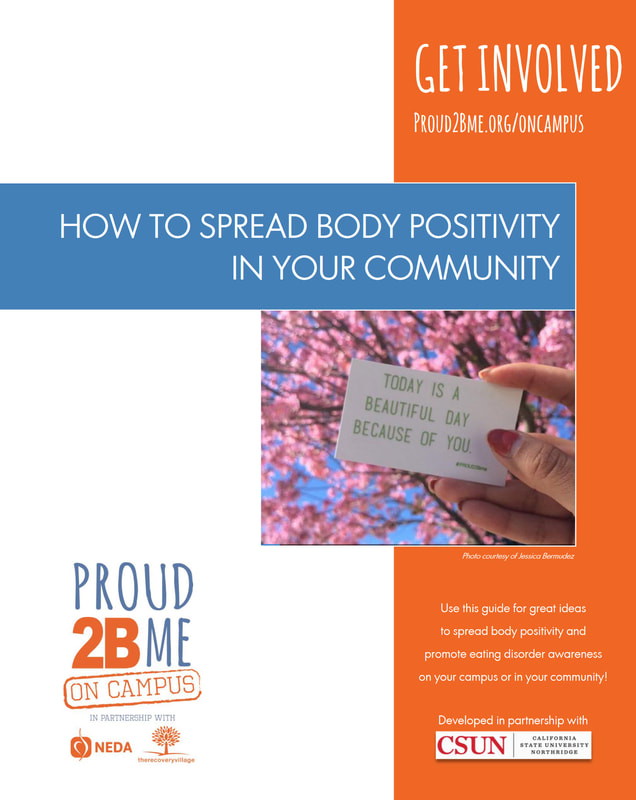How Does Social Media Affect Our Body Image?
|
Most of us spend a lot of time every day on social media. We text, tweet, post and comment on Facebook, Instagram, Pinterest, Snapchat, YouTube, TikTok and more. We scroll through hundreds of images that show us what we should look like, messages that tell us how we should feel, and ads that sell us ways to achieve the ideal body image. We share selfies and check how many “likes” we get and comment on images our friends, social media influencers, celebrities and others post.
Everywhere we turn, we are bombarded with these picture-perfect images that equate a certain body type with happiness and success. It makes it hard not to compare ourselves with some of them. Does this visual body processing trigger negative thoughts and feelings about body image? Does it impact our self-esteem and make us feel less satisfied with our appearance? Does it drive us to unhealthy eating and exercise behaviors that can be harmful to our mental, physical and spiritual well-being? The world of social media can be risky for our body image. The more time we spend with social media, the more vulnerable we are to its influence. The question is, what can we do about it? And how can we spread body positivity on social media? Start with three strategies to help get real about body image and social media: (1) Get Media Literate, (2) Talk Back to Media, and (3) Practice Media Self-Care. Bobbie Eisenstock, Ph.D. is a media educator and advocate specializing in the social and psychological effects of media on society. Her teaching and research intersect media and news literacy with community-engaged learning to educate and empower students to use their voice for personal and social change in the convergent media ecosystem. As part of her outreach, she facilitates workshops for students, teachers, parents, school administrators, health professionals and community leaders, and directs civic engagement initiatives about media literacy and body image, media diversity and inclusiveness, and disinformation and the “fake news” crisis of credibility.
Dr. Eisenstock teaches in the Journalism Department at California State University, Northridge (CSUN) where she serves on the Advisory Board of The Office of Community Engagement and is a Faculty Fellow at the Institute for Community Health and Wellbeing. She is also on the Board of Directors of the National Association for Media Literacy Education (NAMLE) and an Affiliate of the Center for Media Literacy. Among the honors she has received are CSUN’s Visionary Award for Community-based Learning and the Exceptional Service to Students Award, the National Association for Media Literacy Education Elizabeth Thoman Service Award, and the National Association for Eating Disorders Award for Excellence in Activism and Advocacy. She is currently writing a book about how to “read” the news based on the news literacy course she developed and teaches at CSUN (Peter Lang, forthcoming). |




